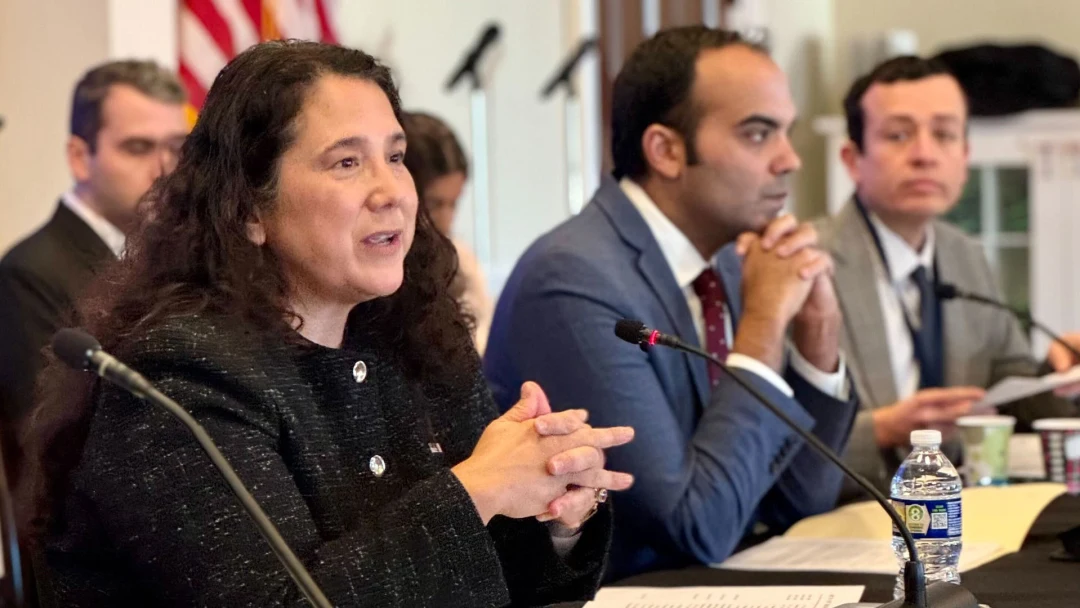The U.S. Small Business Administration and the National Economic Council on Tuesday hosted a small-business lending summit at the White House, inviting big-time lenders like J.P. Morgan and Wells Fargo to discuss the agency’s prior initiatives and examine lending gaps. During the summit, the SBA announced that a new federal advisory committee dedicated to small-business lending would be set up some time in the new year.
The forthcoming committee is expected to allow the SBA to engage directly with lending experts to keep up with changes in the sector and fine-tune existing programs, according to SBA administrator Isabel Casillas Guzman. The cadence of how often the committee might meet has yet to be determined.
While the committee makeup is not yet formalized, Guzman tells Inc. that the SBA is looking for a variety of perspectives, including those from small-business owners.
“We will be seeking all types of membership to ensure that we get a diverse perspective of what the capital marketplace is,” Guzman says. “Now, more than ever, it’s increasingly important that the small-business voice is heard.”
Part of the focus that the SBA and the committee will take is working to reverse the decline in small-dollar lending. Those types of loans, which tend to clock in anywhere under $150,000, have historically been less desirable to lenders, as they can oftentimes be as taxing to issue but not yield as much in the way of fees.
Guzman nodded to the case of Jeni’s Splendid Ice Creams (No. 4,189 on this year’s Inc. 5000 list), which took out an SBA-backed loan worth $35,000 to help get the Columbia, Ohio-based ice cream shop up and running.
“We want to make sure that entrepreneurs who create ideas can fund their businesses and grow organically in the marketplace and create the next Jeni’s Ice Cream,” Guzman says. Fun fact: Jeni’s also happens to be a favorite of President Joe Biden’s.
The announcement of the new committee arrives roughly four months after the SBA updated its signature lending programs by bringing in new fintech and nonbank lending entities. For its part, the agency has zoomed in on small-dollar lending in the wake of its August reforms.
Seventy-five days after the SBA implemented changes to its programs, small-dollar loans under $50,000 ticked up by 20 percent, while those under $500,000 increased by 14 percent, the agency says.
Despite the SBA’s having a banner year, in which it helped deploy a historic near $35 billion via its 7(a) and 504 lending programs in the past fiscal year, access to capital remains a persistent challenge faced by entrepreneurs. An October survey from Goldman Sachs’s 10,000 Small Businesses Voices division shows that 78 percent of small-business owners have concerns about capital access.
Still, the agency is hoping to build upon its wins. This would, after all, be the first federal advisory committee on small-business lending, which adds to the agency’s existing roster of advisory councils, some of which focus on small-business development centers, veteran programs, and underserved communities.
“We are focused on not only simplifying our products, but also expanding our distribution network,” Guzman says. “Too many of our [emergency-aid program] lenders hadn’t done an SBA loan in over five years and most of those [are] community banks, and so we want to make sure that as we’re reforming our regulations, simplifying our processes, and investing in technology that it helps our lending partners.”









